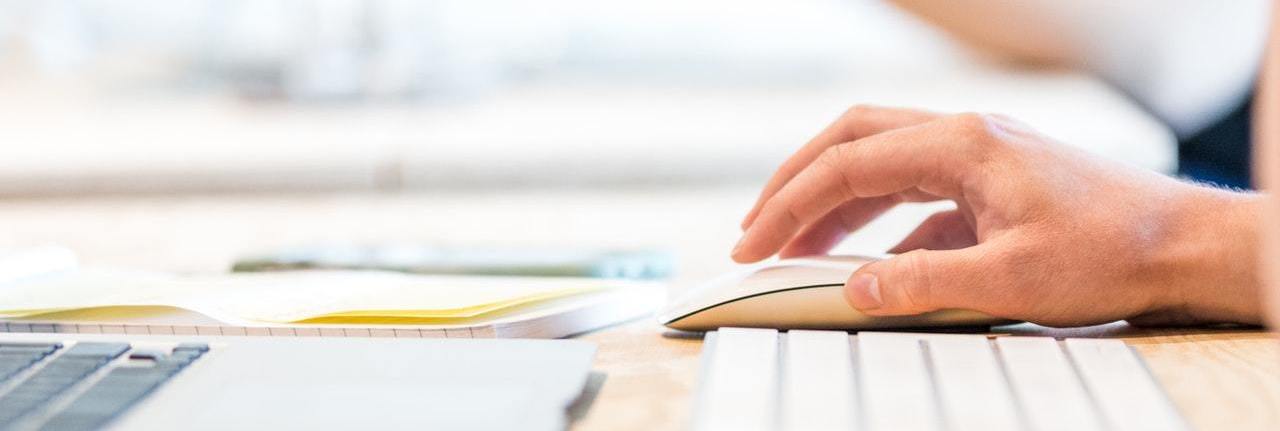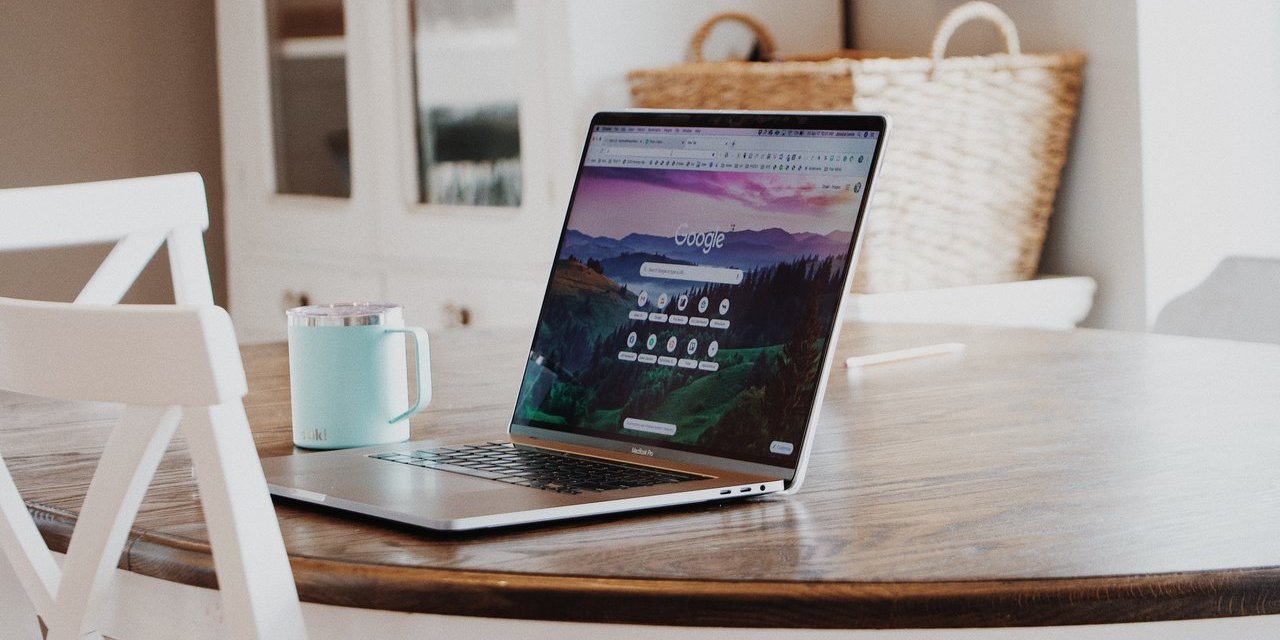Get Ready For The Google Page Experience Update
Posted on 1st October 2020
In May 2020, Google announced a new Page Experience algorithm update that will be implemented some time in 2021.
Whilst Google has promised to give 6 months’ notice of the implementation date to help COVID-hit businesses prepare, it’s a good idea to act now to understand what the update means and the actions you might need to take to get your website up to scratch.
What is ‘Page Experience’?

Put simply, the Page Experience update is all about how users perceive their experience when browsing the various pages of your website.
It’s not about the content or information that you’re presenting to them on each page (although we’ll talk about this later as it’s still important). Rather, it’s all about how your website works in terms of giving people a positive or negative experience when using it.
Key elements within Page Experience

1. Core Web Vitals
The main element of Page Experience is called Core Web Vitals. These are a new set of metrics that look at how quickly your website loads and the speed at which content is served up to users.
There are 3 key aspects to Core Web Vitals:
Largest Contentful Paint. This measures how long it takes for the biggest piece of content on your site to load. To rank highly, this needs to be under 2.5 seconds.
First Input Delay. This is how long a website takes to respond when a user takes an action, e.g. clicks on a link to open a new page or start a video playing. This needs to be under 100 milliseconds.
Cumulative Layout Shift. You know how annoying it is when content dances about all over the page and you end up clicking on an advert by mistake? This is what Cumulative Layout Shift is all about and should measure at a level below 0.1.
2. Mobile friendliness
Whilst this is something your site should already offer, the Page Experience update will place even more emphasis on it than before.
Since 2019, Google has prioritised mobile-friendly sites when indexing web pages. From 2021, sites that are desktop-only will find themselves sliding even further down the rankings.
So if you don’t have a mobile version of your website at the moment, get it sorted!
3. HTTPS and Safe Browsing
If you have a website security certificate (SSL) in place, then your URLs will start with HTTPS instead of HTTP. This means that any information entered into an enquiry form, or any payments made through your website, will be encrypted and your users’ information will be kept safe.
The Page Experience algorithm update will give increased priority to HTTPS pages over HTTP pages in the Search Engine Results Pages (SERPs) – even if your site doesn’t specifically need SSL.
Staying with the security theme, another metric that Google will consider is Safe Browsing. This just means that there are no viruses or malware in your website, and the content isn’t deceptive or unlawful, such as material designed to radicalise visitors into unethical viewpoints.
4. Intrusive Interstitials
This is another pre-existing ranking factor (introduced in 2017) that will be given extra prominence under the Page Experience update.
In short, it’s about measuring site elements that affect accessibility, such as large pop-ups and banners that block most of the content on a page, or are likely to annoy the site user. There will be a particular focus on intrusive interstitials within mobile versions of sites, due to the smaller screen size.
How can you prepare your website for Page Experience?

Firstly, you need to assess what stage your website is at now in terms of ticking the various boxes. A good place to start is Google Search Console, which will give you feedback on the three Core Web Vitals and assess your site’s mobile friendliness level. The reports generated will give you helpful advice on how to improve your site’s performance in these areas.
Other Google tools you can use include the Mobile Friendly Test and the Security Issues Report. Using Chrome, you can also follow this process to check whether or not your site’s connection is secure.
Unless your site is brand spanking new, you’ll probably find there are some actions you need to take to get it ready for Page Experience.
Here’s the good news…content is still king

Yes, Page Experience is an important update that you’ll need to pay attention to if you don’t want to be left behind by your competitors.
However, the good news is that Google have stressed that providing your users with relevant, high quality, and useful content is still the most important thing that can help your site scoot up the search engine rankings.
In particular, interactive content such as engaging multimedia will stand you in good stead.
Need some help? Book a free Website Health Check with it’seeze Nottingham
Our free Website Health Check will assess and give you feedback on key areas of your website’s current performance. These include looking at whether the site is search engine friendly, secure, responsive, fast and professional. To book your Health Check, click here.
Or, call us on 0115 777 3001 to discuss your web design requirements and find out how working with it’seeze Nottingham can give your business a boost.
Tagged as: SEO, Web Design
Share this post:



